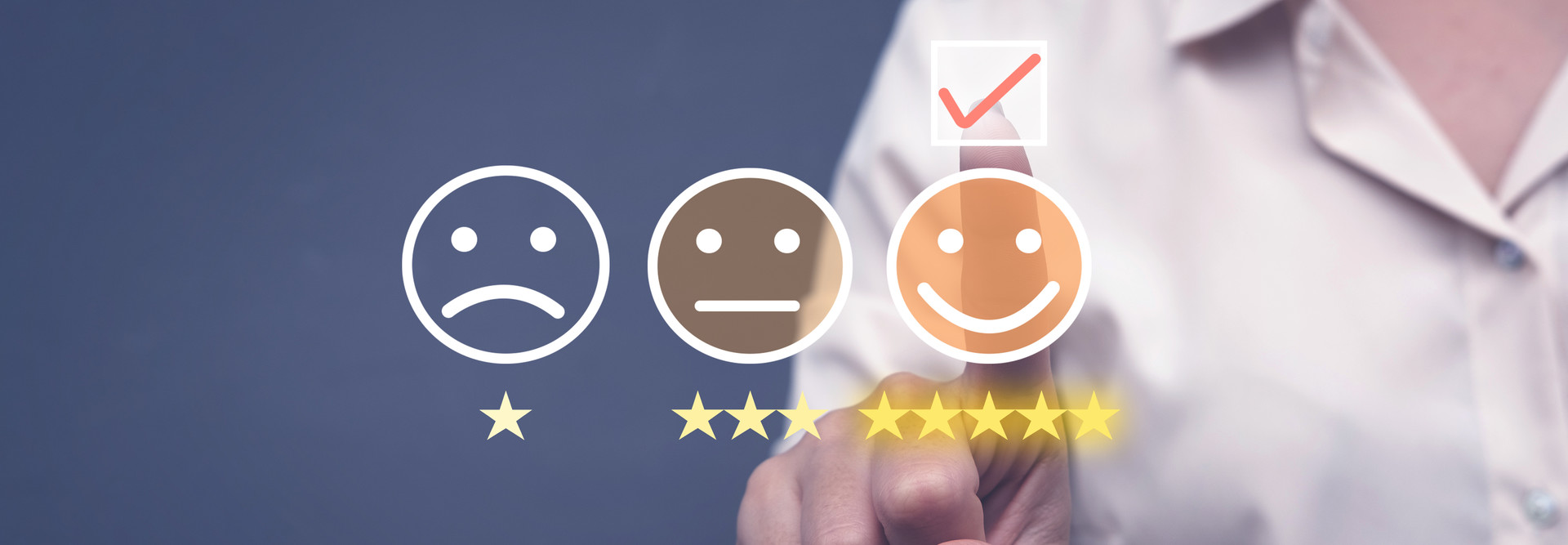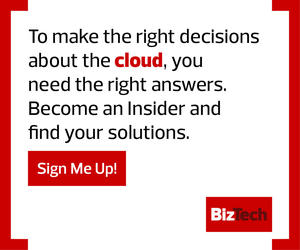BIZTECH: How do you achieve that automation without employees and customers feeling like they're just talking to a robot or a screen?
Wright: I think there are a lot of elements of hyperautomation from the stuff that happens in the background. So, you might be chatting with an agent or you might be chatting with a person. And as that information is being entered, the system is establishing what type of issue it is, and it's doing the categorization and the prioritization. That's where you start to get automation that's effectively invisible, where the user doesn't realize it's happening.
Tasks that either happen frequently or are always done the same way are candidates for this type of technology, because no one wants to engage anymore for a password reset or anything like that. Those things that are repetitive or mundane, they're the first things that get targeted. The next thing I see customers doing after that are the things that are incredibly complex, things where it's really likely to go wrong. Those tend to be the two targets — the simplistic and feasible and the incredibly complex are two ends that people go for.
BIZTECH: How does hyperautomation specifically benefit IT employees?
Wright: From their perspective, it could be doing anything from integration, orchestration, robotic process automation, artificial intelligence or machine learning. It could be doing things like predictive event management. If you've got enough data, you can say, "Hey, I've seen this system of events happen. I'm fairly confident that within the next six hours, you're going to see this event happening." That's the concept of predictive events management. The other thing you can use is predictive analytics. If you set key performance indicators that you want to achieve, you can use predictive analytics to forecast if you'll ever hit those KPIs. And if you won't, what could you do to achieve it?
The next stage after that is what’s called prescriptive AI. You don't just say, "Hey, I'm convinced this event's going to happen in the next six hours." You have a system that says, "And this event's happened 7,000 times before. These are the 10 ways that we fixed it, and this way was the most successful, so I'm going to recommend this as the first solution you try." That's prescriptive AI, where you don't just predict the problem, you prescribe the solution that goes with it.
DIVE DEEPER: Learn how AI can help your organization during the hiring process.
BIZTECH: In terms of employee retention, what are some of the biggest trends you're seeing?
Wright: I suppose it used to all be about benefits, what you're going to give people, and all those benefits were centered around the office. When you don't have people in the office, you need a new set of benefits. Now, we see people focusing on flexibility and experience. What people want is the capability to work how, when and where they want to work. Here in this location, I might need to connect from a mobile device. From home, I might want to go for a web client. Or, I might want to collect a conversation. People are looking to expand the employee experience to give people freedom of choice.
The second element goes back to what we said at the start about understanding what people are doing, because that allows you to develop trust. And the biggest thing I noticed when we went into a work-from-home scenario was a complete lack of trust. People just weren't sure what people were doing. So, yeah, it's all about giving people freedom to work. Then the second element's about making it as easy as possible to get things done.
BIZTECH: Okay. I feel like the offboarding process is something that's often overlooked when we talk about employee retention. Could you speak a bit to the importance of that?
Wright: I think it's important to have a record of why people choose to leave a company. So being able to go through and classify that, being able to analyze that and understand what the reasons are behind people leaving allows you to see what you need to address. When you look generically across companies, most people leave because they don't believe they have opportunities for career advancement. So how do you make sure you're dealing with that?
READ MORE: Learn about the technologies that can help you thrive in a hybrid work environment.
BIZTECH: This employee experience feels very similar to the customer experience. In what ways are those the same, and what are some of the key differences between the employee experience you're trying to build and the customer experience?
Wright: From the perspective of what it's like to use a system, we do want to keep them roughly the same. You want to have something that's simple to use and that you don't need to be trained to use. There's more complexity on the customer service side. What used to happen in customer service was you had an issue, and all you really wanted to do was get rid of the issue, make the customer happy again. Now, people have learned from what people did in IT — if I've got a customer with an issue, I can resolve it, but can I work out what the root cause of the issue was? Because what you want to do is prevent future issues from happening and get that customer centricity. This is something that happens on the employee side but far more often on the customer side. When a customer engages, you want to know what products that customer owns, what the customer’s demographic is — perhaps even what sentiments the customer has — to understand how you're going to deal with that from a customer service perspective.











